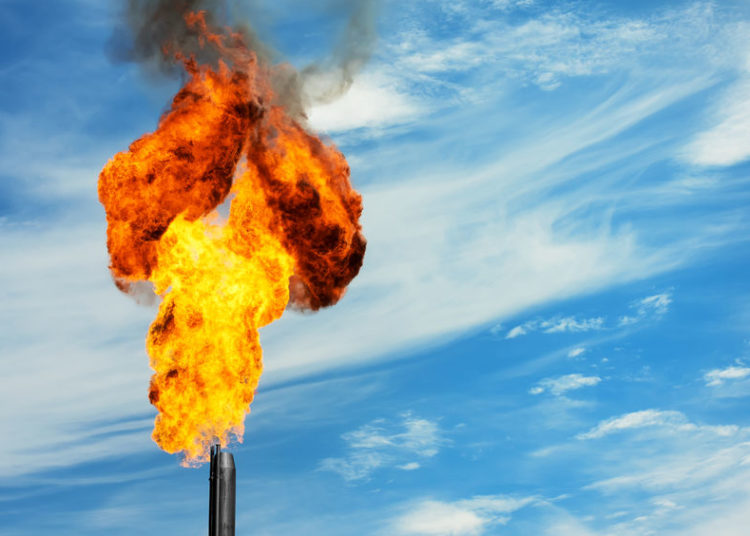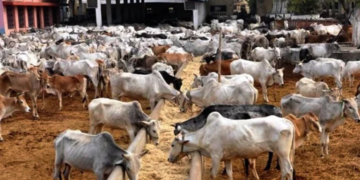Nigeria has achieved a significant energy milestone as gas flaring dropped to 7.16 percent in July 2025, even as daily gas production surged to 7.59 billion standard cubic feet per day (BSCFD).
The Nigerian Upstream Petroleum Regulatory Commission (NUPRC) revealed this in the July 2025 Gas Statistics report
The report showed that gas industry has sustained steady growth over the past three years, with daily average production hitting 7.59 BSCFD in July 2025.
This marks an 8.58 per cent increase compared to the 6.99 BSCFD recorded in the full year of 2024.
The 7.59 BSCFD daily average also represents a 9.84 per cent increase from the 6.91 BSCFD posted in the full year of 2023, which shows a sustained rise in gas production.
Despite an increase in production, the Commission also reported a continued reduction in gas flaring, which fell to 7.16 per cent in July 2025, down from 7.55 per cent in 2024 and 7.38 per cent in the corresponding period of 2023.
The reduction in gas flare was recorded despite the steady increase in gas production which reflects the Commission’s commitment to end routine gas flaring by 2030.
The Commission has embarked on gas reduction programmes like the Nigerian Gas Flare Commercialisation Programme (NGFCP).Other initiatives include developing a Decarbonisation and Sustainability Blueprint, promoting Carbon Capture and Storage (CCS), and integrating sustainability into project planning through the Upstream Petroleum Decarbonisation Template (UPDT).In terms of Domestic Gas Delivery Obligation (DGDO) performance, the sector delivered 72.5 per cent in July 2025, up from 71.8 per cent in June.
Data from the Commission further shows that DGDO performance stood at 72.2 per cent in January, rose to 73.5 per cent in February, dipped slightly to 70.8 per cent in March, before climbing again to 73.7 per cent and 73.0 per cent in April and May, respectively.
On gas production by contract type, 63 per cent of output during the review period came from Marginal Sole Risk (formerly Marginal Fields), while Production Sharing Contracts (PSCs) accounted for 24 per cent.
Joint Venture (JV) contracts contributed 10 per cent, and Sole Risk (SR) operators delivered the remaining three per cent.Gas utilisation data shows that, year-to-date as of July 2025, 35.88 per cent of production was channelled to export sales, 27.82 per cent was supplied to the domestic market, while 29.13 per cent was utilised for field and plant operations (own use). Companies deployed gas mainly for in-house purposes such as fuel, gas lifting, and reinjection for pressure maintenance.
Gas-to-Power supply hit its strongest level in three months, with average daily deliveries rising by 3.48 per cent month-on-month, from 833.86 million standard cubic feet per day (MMSCF/D) in June to 862.86 MMSCF/D in July 2025, the highest in three months.
Over the first seven months of the year, Gas-to-Power supply stood at 780.23 MMSCF/D in January, increased to 849.37 MMSCF/D in February, and rose further to 886.83 MMSCF/D and 886.7 MMSCF/D in March and April, respectively.
The daily averages for May, June, and July were 837.64 MMSCF/D, 833.86 MMSCF/D, and 862.86 MMSCF/D, respectively.





